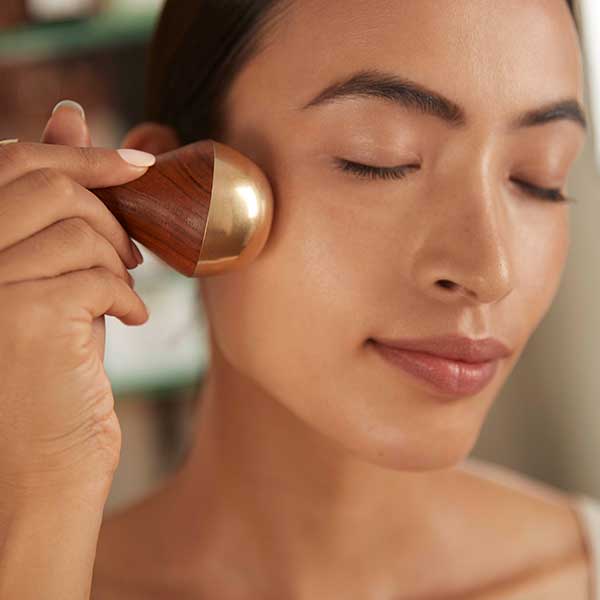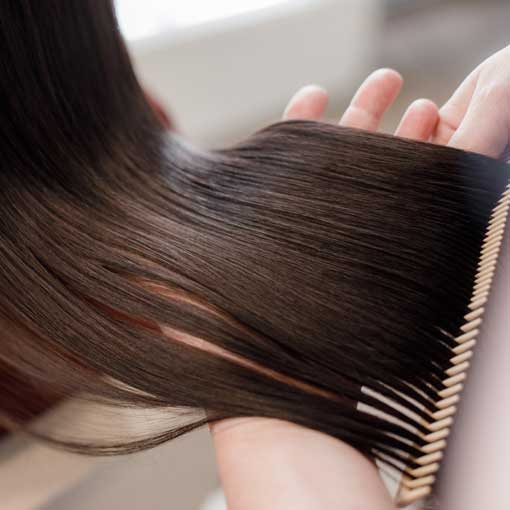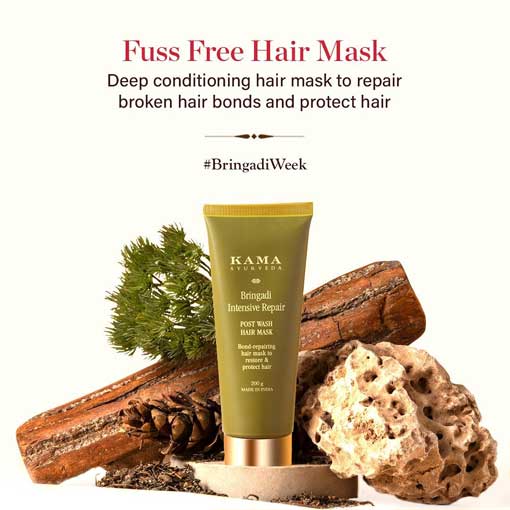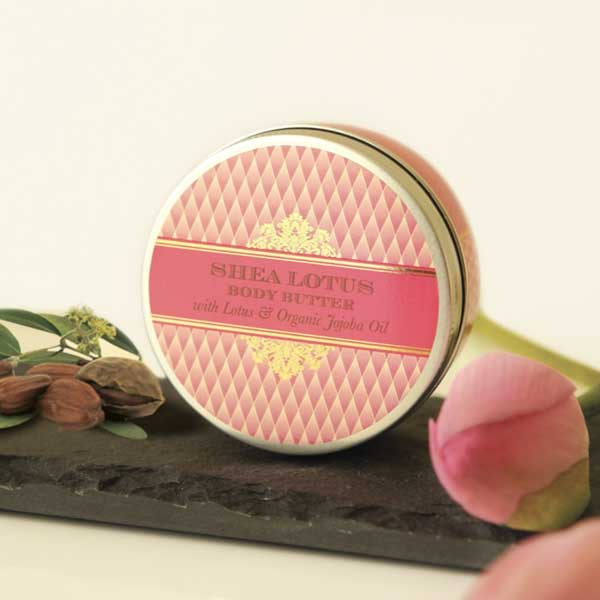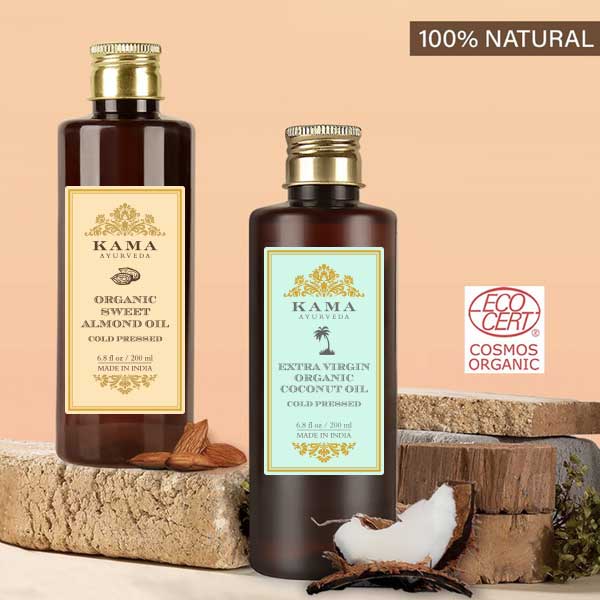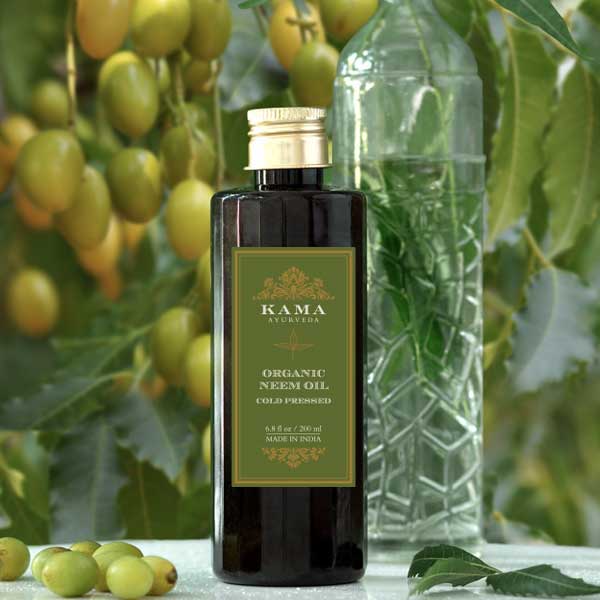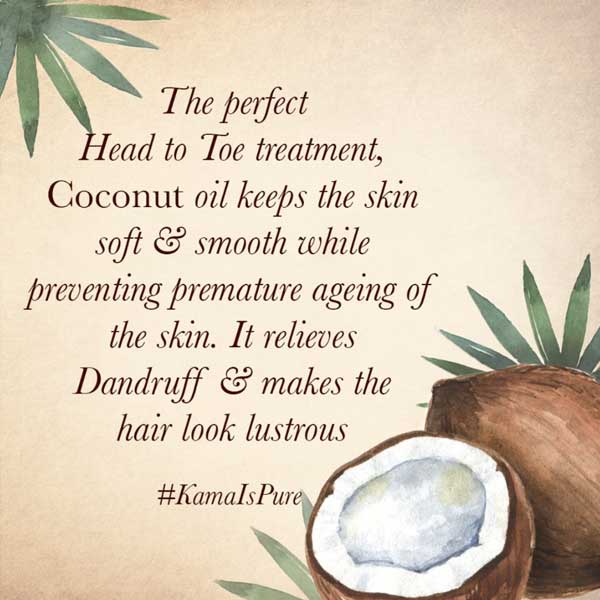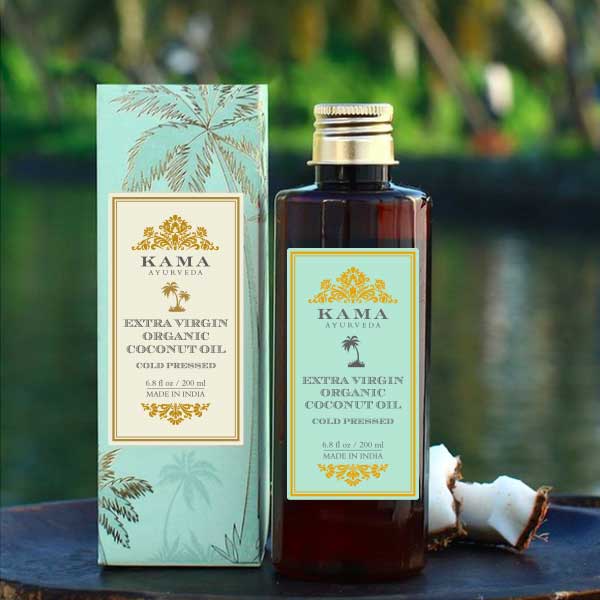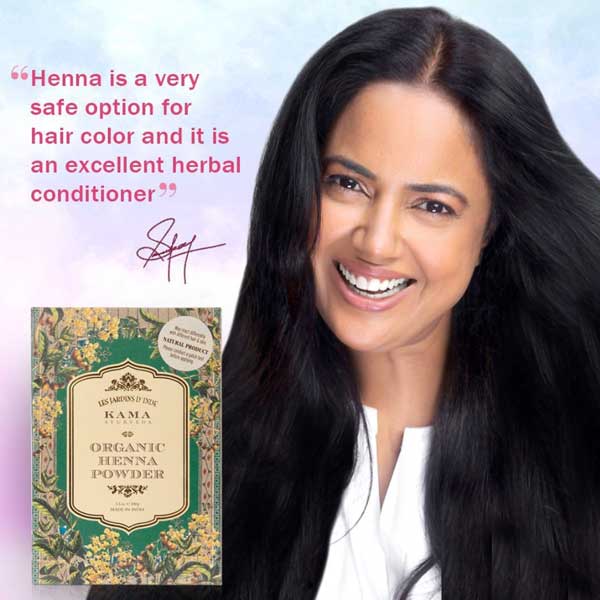Face oils are an essential step in any skincare regime, offering powerful benefits to treat, nourish, and firm the skin, ultimately giving you a radiant glow. These oils are packed with nutrients that hydrate, reduce wrinkles, and improve overall skin texture. In this post, we've curated a list of the ten best face oils to elevate your skincare routine and achieve glowing, healthy skin.
But before that, let’s answer one important question.
What Are Face Oils?
Face oils are oil-based fluid formulas designed for usage on the skin. They are generally formulated with some non-comedogenic essential and botanical oils, which don't cause clogged pores or breakouts. Moreover, the ingredients of a face oil function as emollients which means that they prompt our skin to generate smooth and rejuvenated skin cells and also help in strengthening our skin barrier.
10 Best Face Oils To Hydrate and Nourish Skin
Adding face oil to your daily skincare routine can be your skincare secret. It not only gives your skin a healthy glow and bounce but also makes it hydrated. Whether you have oily, dry, or combination skin, face oils will make it more radiant than before. Here's a list of the ten best face oils that you can use to nourish your skin in the morning or evening.
1. Kumkumadi Oil - For Skin Brightening
This beauty serum comprises powerful skin nourishing natural ingredients such as Saffron, Lotus, Sandalwood, Mulethi, Manjistha, Banyan Leaf, and Vetiver. With these potent ingredients, Kumkumadi Oil helps reduce pigmentation and wrinkles. With Kashmiri Saffron rich in Vitamin A (retinoid), that helps in overall skin renewal, Vitamin C known to even tone skin, Kumkumadi Oil is also rich in antioxidants that helps reduce oxidative stress and skin inflammation.

In addition, it also delivers 100% signs of glowing and healthy skin with deep hydration. The pure Saffron used in Kumkumadi face oil gives your skin a natural glow, whereas Sandalwood prevents skin sagging with its potent anti-aging properties. Further, this face oil is formulated with 100% natural origin ingredients that helps you achieve even-toned, glowing skin.
Read - Kumkumadi Tailam : Ultimate Guide To The Miracle Beauty Oil
2. Amarrupa Face Firming Oil - For Skin Firming
This anti-aging face oil helps you regain youthful, firm skin. It is a formulation based on the ancient science of Ayurveda and contains some of the most effective anti-aging herbs. The Amarrupa Face Oil is also clinically proven to reduce all signs of dark circles and aging. It also helps in strengthening your skin's natural moisture barrier.

Amaarupa Wrinkle Repair & Firming Facial Oil is rich in Amla, Citrus fruit, Centella Asiatica, Indian Madder, Goat's Milk, and Liquorice that have properties of rejuvenating your skin and restoring the lost moisture. Moreover, natural actives like Arjuna Extracts reduce the dryness of your skin and protect it against external aggravators. In addition, this face oil is rich in Omega-9 fatty acid and Oleic acid that hydrate your skin without clogging pores.
3. Urjasara Hydrating & Replenishing Face Oil - For Skin Nourishment
Urjasara Hydrating and Replenishing Face oil is a natural Ayurvedic formulation that is supremely great in enhancing your complexion. This ultra-nourishing face oil restores all the lost moisture of your skin and improves skin texture. The product is packed with unadulterated ingredients that help comfort, replenish, and smoothen your skin.

For example, Cardamom improves blood circulation, which further protects you from getting fine lines and wrinkles, while on the other hand, Costus accelerates healing of the skin. Additionally, Licorice has antioxidant and anti-inflammatory properties that support skin brightening and fade away from your dark spots by removing the excess melanin. Putting everything together can do wonders for your face and protect your skin from free radical change.
4. Organic Moringa Oil - For Hydration & Pollution Damage Reversal
The Kama Ayurveda Organic Moringa oil is a light oil extracted from seeds of the Moringa tree and is a cold-pressed oil. It is rich in Vitamin A, Vitamin E, and antioxidants that can protect your skin from free radicals. The high Oleic acid content in this face oil provides deep hydration to your skin. Use this oil to reverse the skin damage caused by pollution.
Moringa oil helps nurture, nourish, and cleanse your skin naturally and stands out due to its unique composition. It is rich in cytokinins and zeatin that promote cellular growth and effectively delay aging by supporting your skin tissues. Moreover, Moringa oil is an excellent antiseptic and antimicrobial product that can cure acne and help you get rid of dark spots. You can massage this face oil and leave it for 30 minutes to get healthy and revitalized skin.
Read - 10 Ways Moringa Oil Helps You Maintain A Healthy Skin
5. Nalpamaradi Thailam Skin Brightening Treatment - For Detanning Skin
The Nalpamaradi Thailam acts as a natural skin illuminator and detans your skin. It is a classic ayurvedic formulation that helps lighten your complexion and repairs your skin.
The main ingredients of this product include Turmeric, Sesame Seeds, Almonds, and Vetiver. Due to its antioxidant action, the potent Turmeric repairs all sorts of pigmentations, marks, and uneven skin tones. Moreover, the Sesame seeds oil gives your skin a hydrating and nourishing base.
Read - How To Use Nalpamaradi Thailam To Remove Tan
6. Jwalini Retexturising Skin Treatment Oil - For Better Skin Texture
This face oil is recommended in Ayurveda as an effective treatment for clear, soft, and smooth skin. It is an excellent after-sun remedy and helps clear up skin itching and irritation.
The Jwalini face oil is formulated from natural herbs processed in pure Coconut milk and Sesame oil. The herbal ingredients of the product include Green Cardamom, Costus, Lavender, and Pine. All these inherit the property of enhancing the skin texture and are remedies for mild skin irritations.
7. Organic Coconut Oil - For Very Dry Skin
This Extra Virgin Coconut Oil is 100% natural and cold-pressed so that it retains its unique balance of nutrients. In addition, coconut oil contains natural fats that make it helpful in treating the skin. It also inherits some anti-inflammatory and antibacterial properties that effectively fight the signs of aging and make it a good moisturizer.
Besides, Coconut oil also has emollient properties helpful in repairing your skin's barrier and thus making it a great addition to your skincare routine if you have dry and sensitive skin.
Read - Why Is Virgin Coconut Oil So Good For Your Hair and Skin?
8. Sesame Oil - For Face Massage
Organic Sesame Oil is a pure and natural oil treatment that nourishes and smooths your skin. This is an all-natural oil that works as a sound absorbent, repairs damaged skin and is an excellent massaging oil. Sesame oil has been an incredible natural beauty ingredient for thousands of years. It is rich in Vitamins A, B1, B2, B3, E, fatty acids, and minerals, which help moisturize your skin.
In addition, the face oil showcases some prominent detox properties and also keeps your face hydrated. The easiest way to give your face a boost of hydration is by applying a few drops of sesame oil with a night cream, and your face will look fresh and healthy in the morning. Furthermore, the oil is full of anti-aging ingredients that not only delay the aging of your skin but also improvise its cell renewal process.
Blog - How To Use Sesame Oil For Hair?
9. Kumkumadi Brightening Bi-Phase Essence - For Radiant Skin
The Kumkumadi Brightening Bi-Phase Essence is a unique, organic formula that hydrates, refreshes, and illuminates your skin naturally. This lightweight essence is made from Kama Ayurveda's iconic Kumkumadi oil that effectively enhances the radiance of your dull skin.
In addition, Saffron in the oil adds a dewy and golden glow to your face. Further, some other ingredients that make this product a great choice include Aloe Vera, Mulethi, and Vitamin E. Moreover, the combination of all these potent ingredients packed with a bi-phase formula helps prep your skin and achieve a natural glow. You can simply shake and spray the essence on your face any time of the day.
Read - 5 Best Kumkumadi Face Glowing Oil Products For Your Skin
10. Sweet Almond Oil - For Even Skin Tone
Kama Ayurveda Organic Sweet Almond Oil is a light and gentle treatment with a sweet smell of almonds. It is an organic oil rich in vitamins A and E that nourishes and revives your skin's natural glow. Almond oil is helpful to reduce skin irritation and even out your skin tone. It is also effective in improving your complexion over time and helps in revealing a new version of your skin.
Applying this face oil is a great way to lock in moisture and keep your skin healthy all the time. The best feature of this face oil is that it is fast-absorbing and non-sticky.
Read - 10 Amazing Benefits of Almond Oil For Hair, Body, and Skin
How To Use Face Oils?
You might already know that using a good and nourishing moisturizer is a necessary step in your daily skincare routine. But do you know that you can moisturize your skin in a better way with the help of a face oil? If you haven't incorporated face oils in your skincare regime, then this is the right time. Here are a few ways to use face oils in order to reap most of its benefits.
- Like all other face care products, the order of applying the product matters the most. When it comes to face oils, they should be included as the last step in your daily skincare routine at night and right before applying SPF in the morning.
- You should apply a face oil straight after using a face cream. Take four to five drops of face oil and pat it on your skin. After that, you should smoothly press the oil on your face and neck by using your hands.
- You can also use Kama Ayurveda’s Kumkumadi Thailam as a mask if you want to get a boost of nourishment and glow. Apply 4-5 drops and gently massage it on your face in upward strokes using your finger tips or our Kansa wand. Rinse off after 15 minutes. (Read: How To Use A Kansa Wand).
- You can also include face oil in your makeup routine. Always try to use face oil before your foundation to boost skin hydration. Following this order gives you healthy and bright-looking skin.
Read - An Expert Guide To Using A Face Serum For Best Benefits
7 Top Benefits Of Face Oil For Your Skin
Of course, having oil on your face may not seem like an ideal situation, but the right choice of face oil can render you a surprising amount of benefits when you apply it correctly. So, here are some fantastic benefits of face oil and see why women hype about it so much.
- Generous Dose of Hydration - Face oil helps seal moisture and adds extra nourishment to your skin. Whether you have dry skin genetically or face it due to the weather, face oil can help boost hydration in your skin and allows you to hold onto that hydration for a long time.
- Anti-Ageing Benefits - With age, your skin starts appearing dull and dry because it cannot produce a sufficient amount of natural oil. So, in such a case, face oil can be beneficial for restoring that lost moisture, help reduce the appearance of wrinkles, and help achieve glowing skin.
- Boost of Antioxidants - Some face oils are packed with antioxidants that protect you from wrinkles and sunspots galore caused mainly due to ultraviolet light.
- Avoid Clogged Pores - With the correct amount and formula of face oil, you can avoid clogged pores smoothly.
- Improves Skin Texture - The silky texture of the face oil makes it a great skincare product to use before a concealer or liquid foundation. It helps the makeup brushes effortlessly glide across your face and gives you a flawless base with fewer makeup clumps.
- Anti-Inflammatory Properties - Face oils inherit anti-inflammatory properties due to which it has a soothing impact on your skin and give you relief from inflamed skin, pimple-prone skin, and irritation.
- Skin-Brightening Properties - A face oil with skin-lightening ingredients effectively treats your blemishes, acne scars, and dark circles.
A face oil has a significant role to play in making your skin more healthy and hydrated. Therefore, these ten best face oils will help you if you're looking to load your grooming cabinet with a perfect product to include in your daily skincare regime. So, choose any of these face oil and get ready to feel the change in your skin. You can also book a free consultation with our Ayurvedic beauty experts to understand which face oil is best suited for your skin.



